Croome, located in Worcestershire, contains a Neo-Palladian mansion (Croome Court) that was built in the mid-1700s, landscaped parkland, a church, walled garden, and Defford museum. The mansion and park were designed by Capability Brown. The estate was visited by George III, Queen Victoria, and George V. It was used by the military during both World Wars, and it was a children's school from 1950 to 1979. In 1979, the Hare Krishna movement used it as their main college. In the mid-2000s, it was purchased by National Trust. I had a walk through the parkland and explored the house during my visit at the end of August.
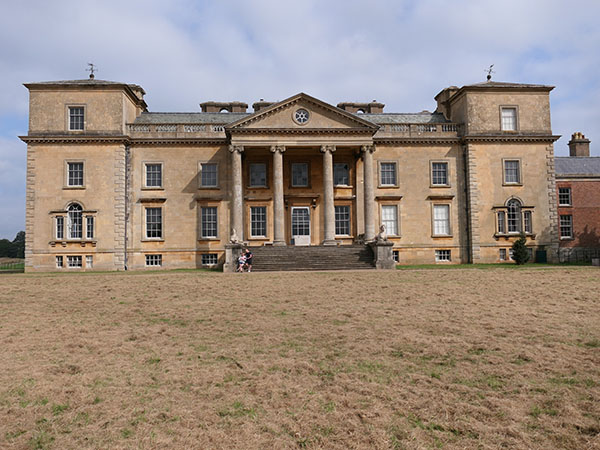
The house was opened to the public toward the end of 2009, and the rooms are in the process of being restored one room at a time. Currently, six of the rooms have been restored, but most of the items remain in crates. The Tapestry Room from the house is currently reconstructed at the New York Metropolitan Museum of Art.

The Church of St Mary Magdalene is inside the grounds and on the hillside with views over the parkland to the mountains in Wales beyond. The church was built in 1763, and the location was used for a World War II film "Our Father".


There is a short walk down to the house along the river where visitors can glimpse the Chinese bridge.
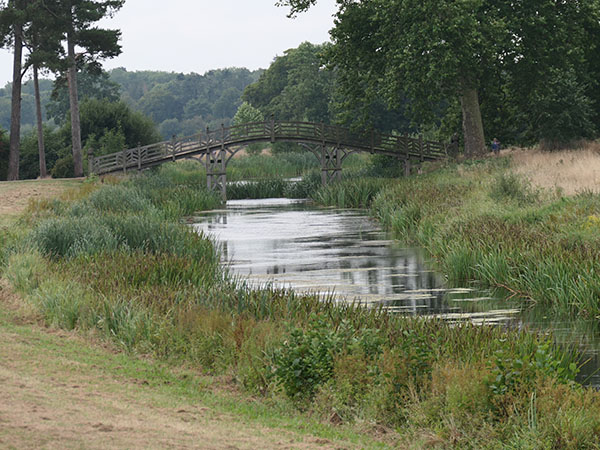
I went inside the house first.
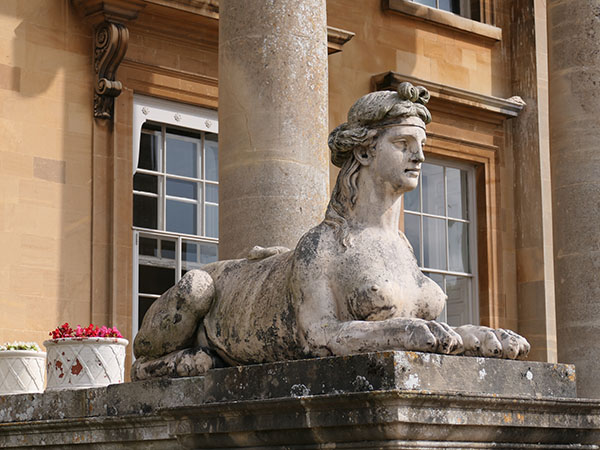
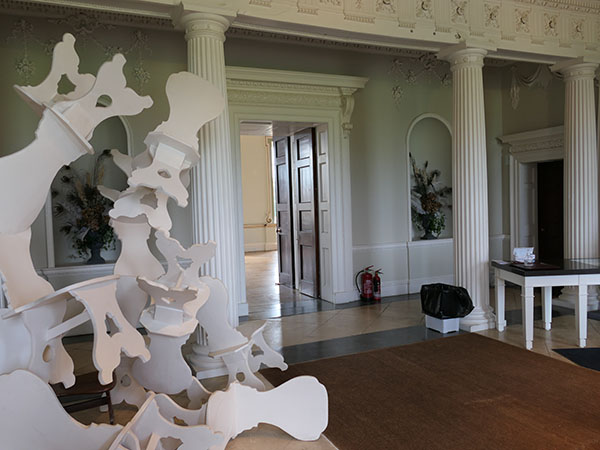
The first room contains many crates which contain book cases that used to belong in the house at the library down the corridor. The shelving came into the possession of the Victoria and Albert Museum, and hopefully they will be re-installed in the house.
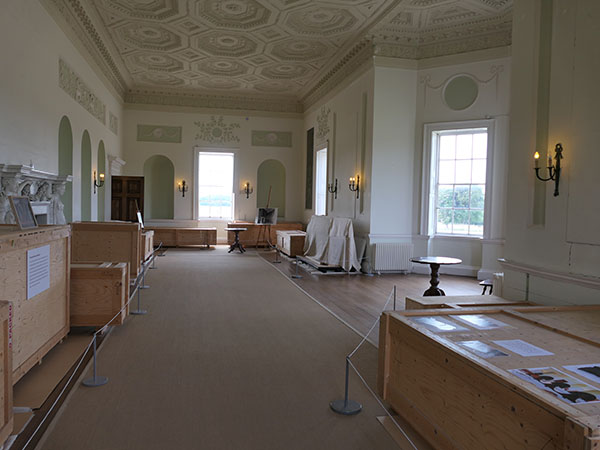
Some of the other rooms in the house have been restored, and some paintings are on display along with some other items in the collection.
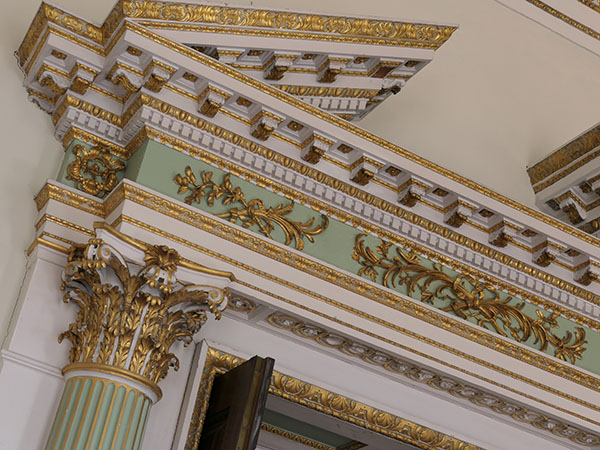
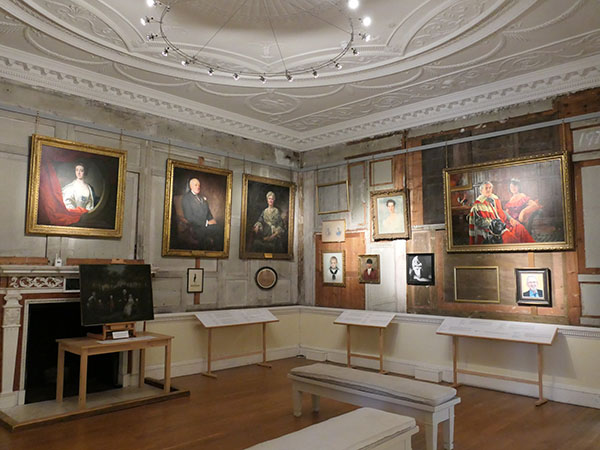
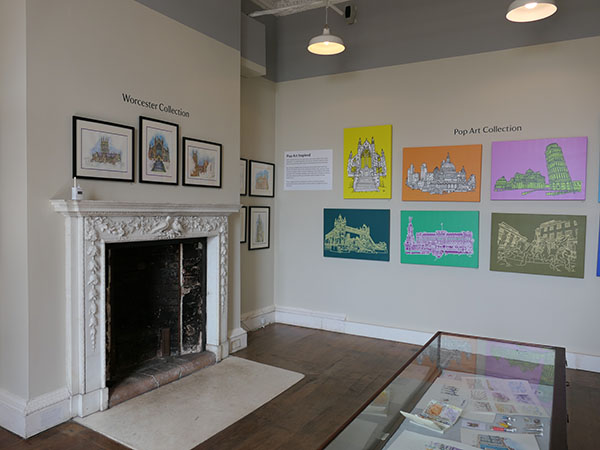
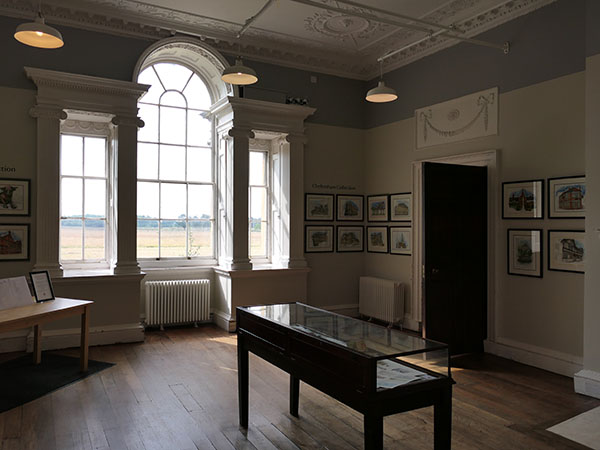
Hare Krishna movement used the house from 1979 for their training college, and it was visited by George Harrison. The movement repainted the dining room and held events until 1984 due to financial reasons.
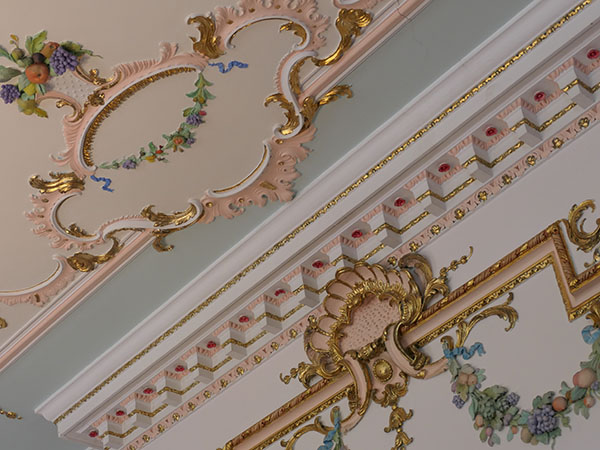
This room contains an exhibition of china.

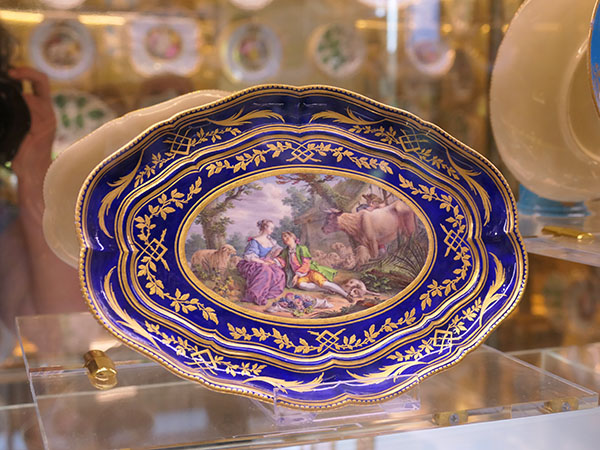
Other areas of the house had different exhibitions, such as an exhibition for the children who called this house their home during the 1950s-1970s when it was used as a school. The basement of the house contains some children-specific exhibitions.
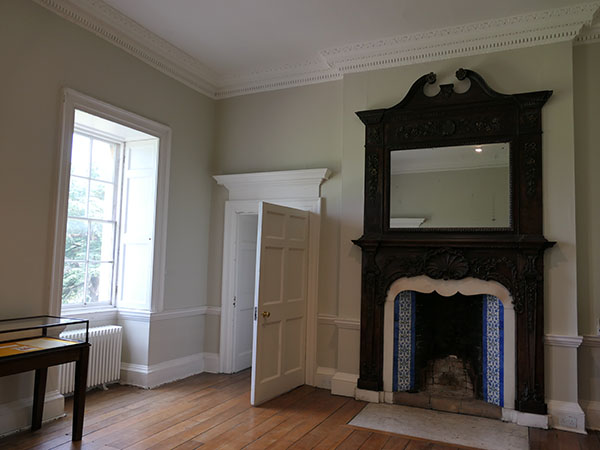
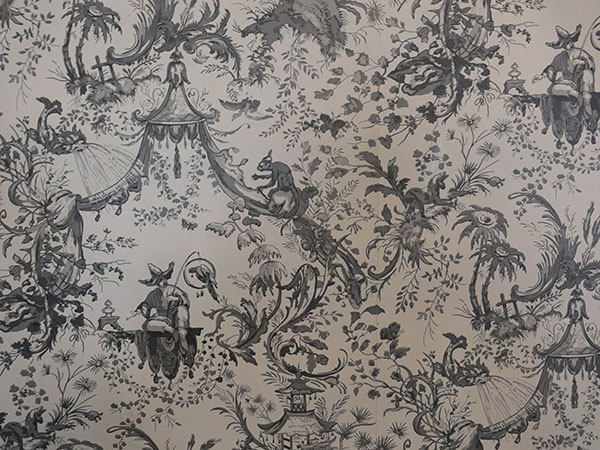
After visiting the house, I wanted to check out the walled garden. The walled garden sits above the house and on the bank of the hill. It is managed separately from the rest of the parkland, and an entrance fee applies to visit. I did not visit it on this occassion; I did not realise that it was privately-managed. On the way to the top of the hill, I came across cattle and calves.
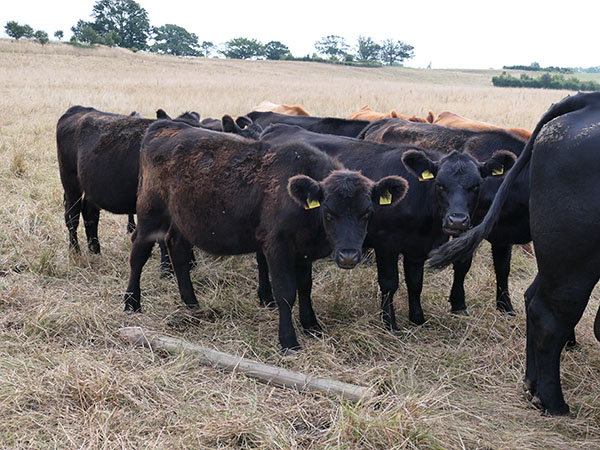
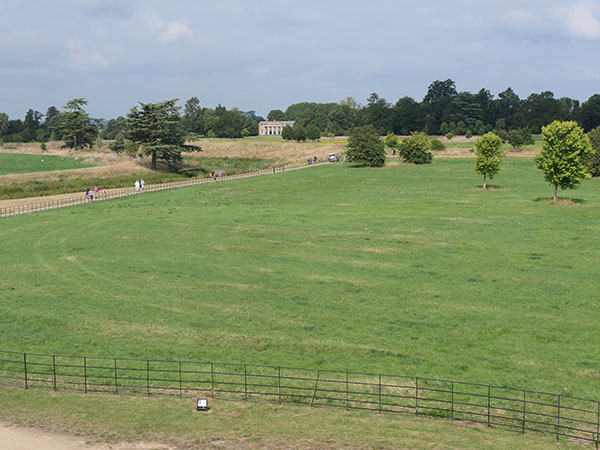
The rotunda sits on top of the hill along from the walled garden. It was built by Capability Brown in the 1750s.
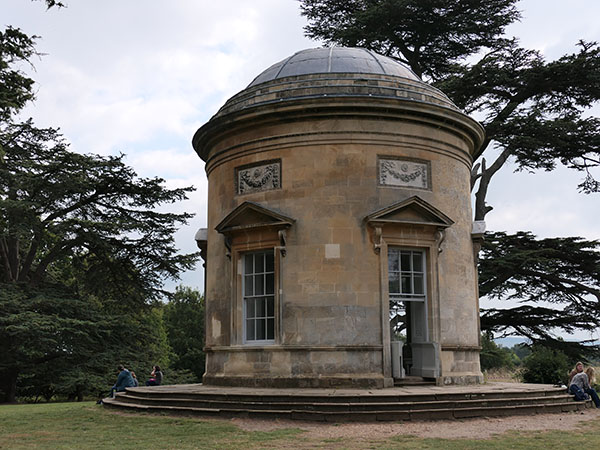
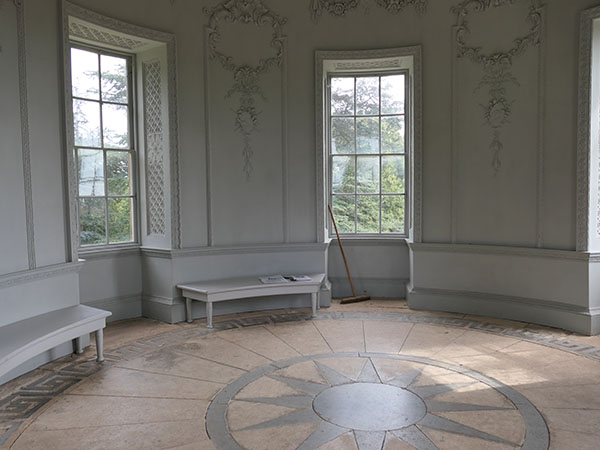
I decided to walk back down the hill and explore the parkland. The parkland at Croome contains a man-made lake and river with various statues, temples, and other buildings.
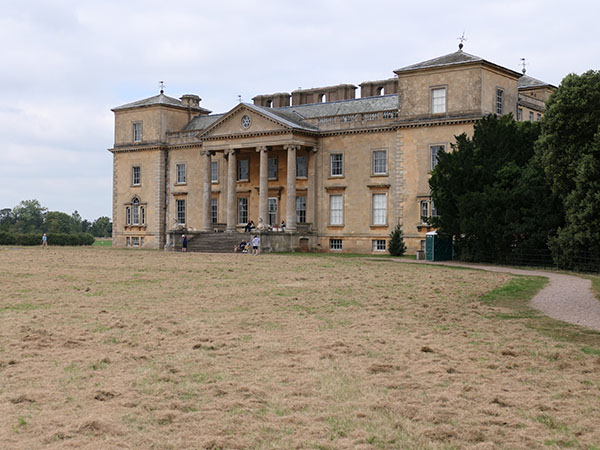
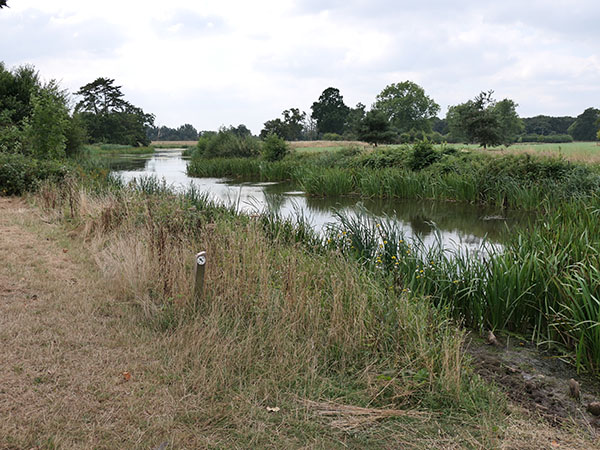
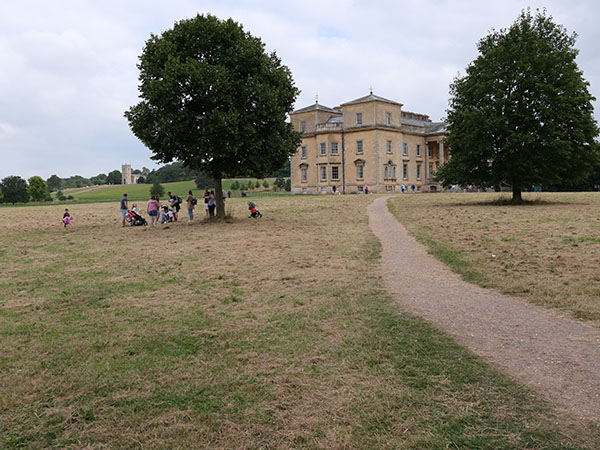
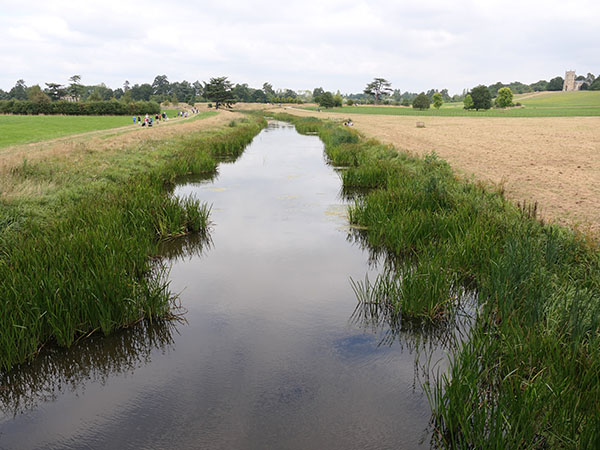
I followed the river around to the man-made lakes.
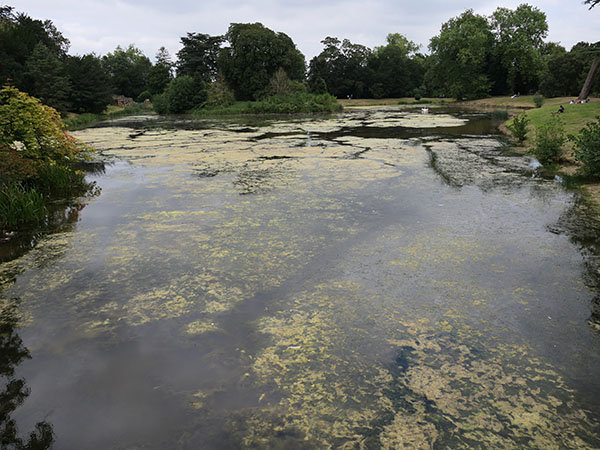
There are a lot of little buildings that add interest as well as grottos and constructed "ruins" to help provide interesting viewpoints. The grotto is a feature point at the edge of the lake.
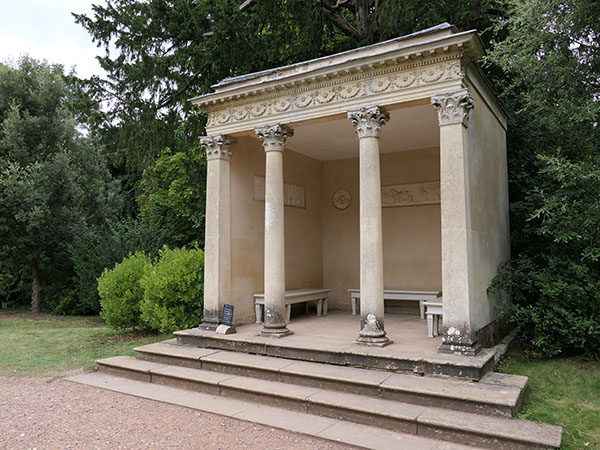
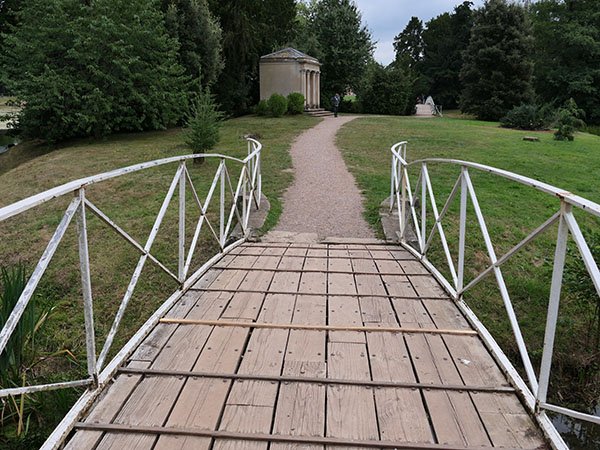
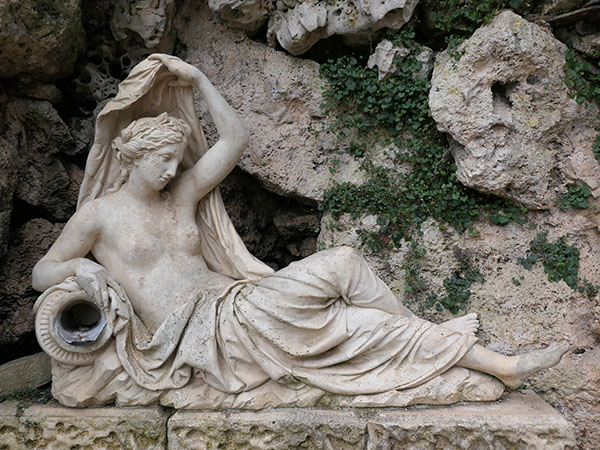
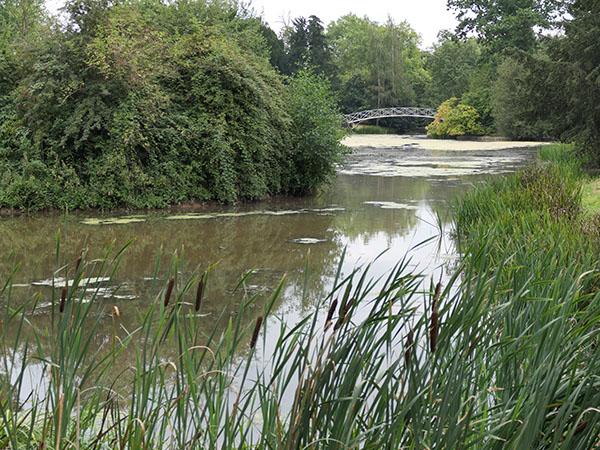
Temple Greenhouse is an impressive building built in the 1760s. Before the pandemic, it was used as a tea room.
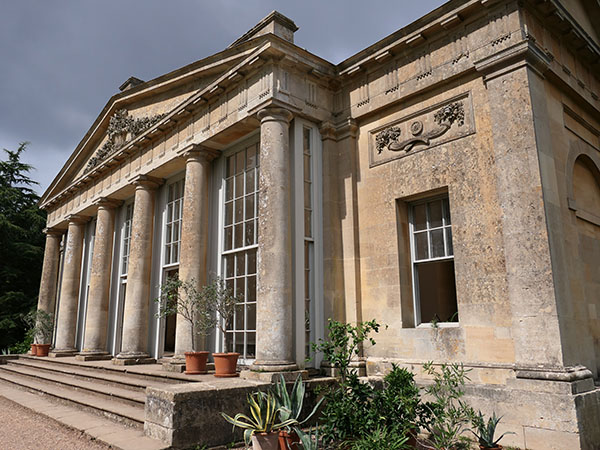
RAF Defford is located at the property, and there is a museum here for it today at the entrance to the grounds. It was a top secret base used during World War II, and it housed over 3,000 people (including 600 women working for the war effort). There is a lot of information to read about the base. Defford was where radar equipment was researched, tested, and built. It is known mainly for its advances in radar technology, and some of these items are on display at the museum.
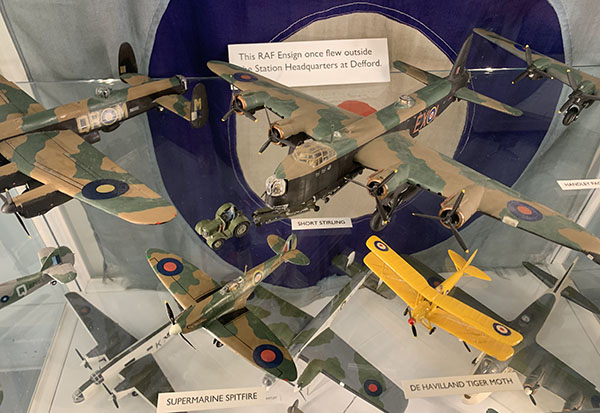
A lot of information is included in the museum about those who worked here. The women who worked in their own air force were known as "Wrens", and they did the same roles that the men did but were paid only a quarter, which is so unfair. Also on display is the wedding dress worn by two people who met while working at the base.
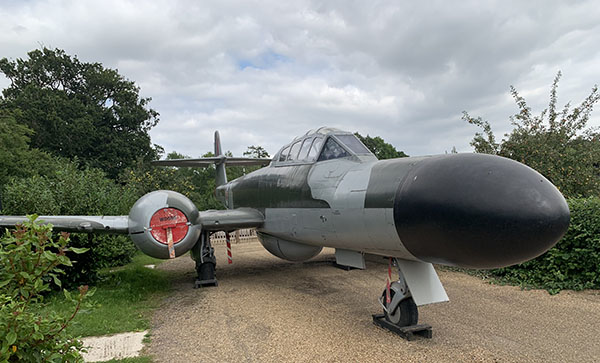
A variety of different air craft was used at the base, and the last of these is currently on display here, a Meteor WD686.
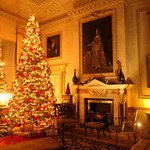

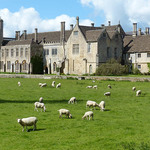
Leave a comment